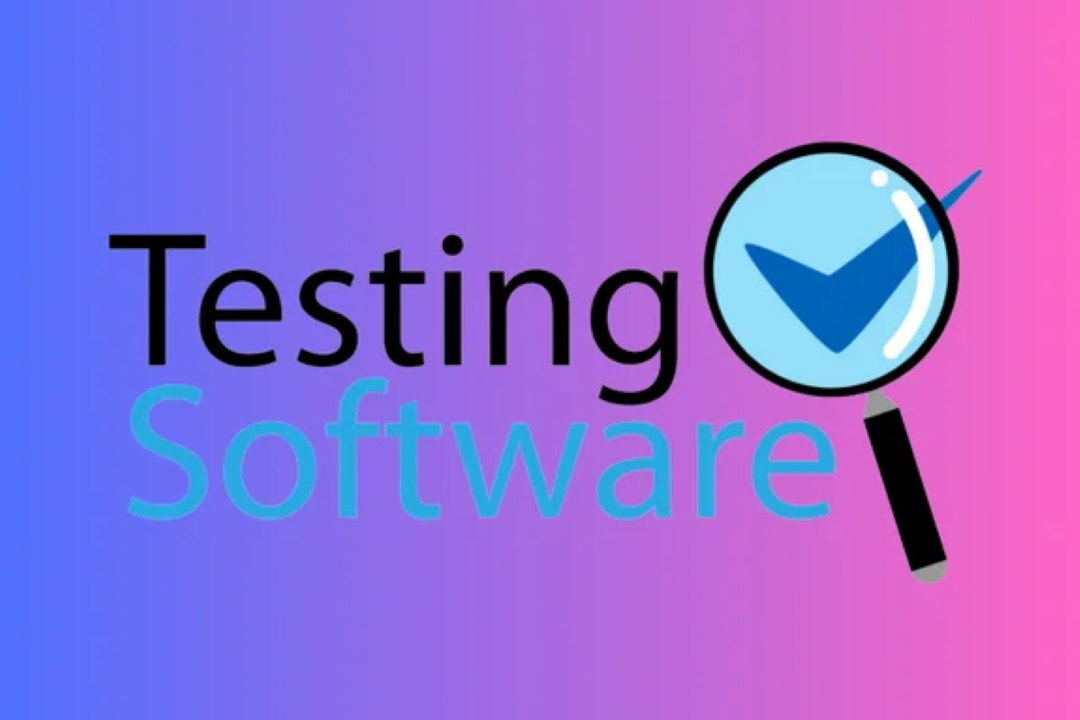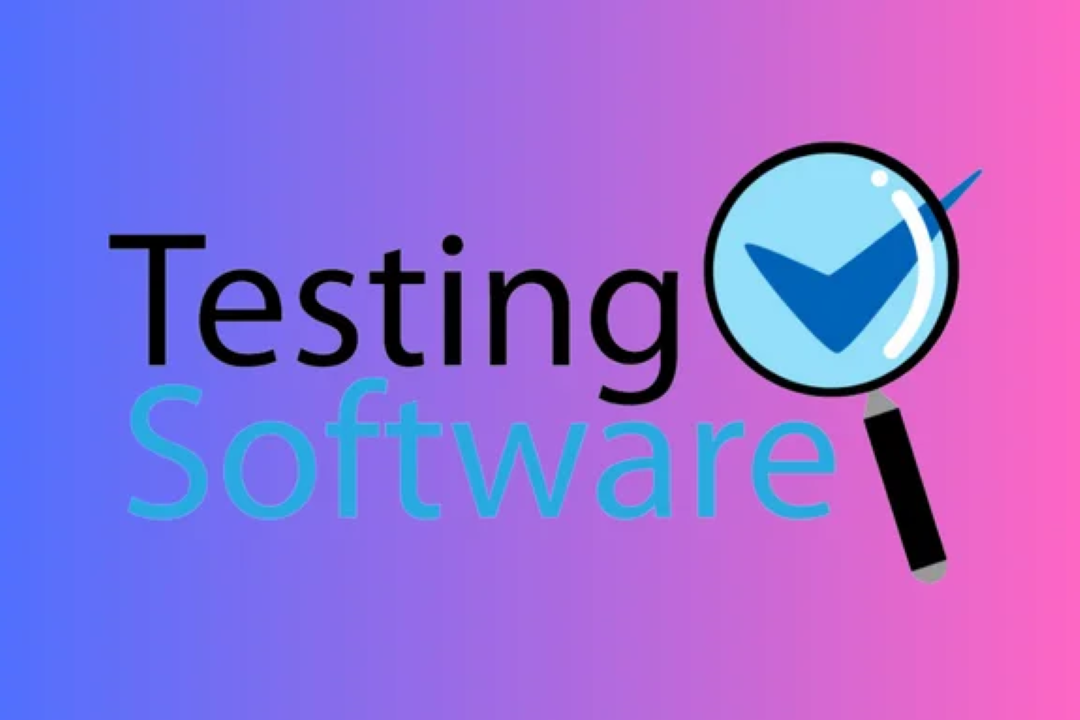How to Write a Software Test Plan
Creating an Effective Software Test Plan
How to Write a Software Test Plan
A software test plan is essential in guiding the testing process and ensuring the quality of a software product. It outlines the scope, objectives, resources, and schedule of testing activities, helping team members understand their roles and responsibilities. By defining the testing approach and criteria, a test plan helps identify potential risks, facilitates efficient testing, and improves communication among stakeholders. Ultimately, a well-written test plan enables better management of testing activities and enhances the overall quality of the software being developed.
To Download Our Brochure: https://www.justacademy.co/download-brochure-for-free
Message us for more information: +91 9987184296
1 - Define the Scope: Clearly outline the goals and objectives of the software test plan, including the purpose of the training program for students.
2) Identify Stakeholders: Determine who will be involved in the testing process, such as students, trainers, instructors, and any other relevant parties.
3) Specify Resources: List the resources needed for the testing, including software tools, hardware, time, and personnel.
4) Create Test Objectives: Outline specific goals and expectations for the testing process, focusing on what needs to be achieved during the training program.
5) Develop Test Scenarios: Define the test scenarios based on the objectives, detailing the steps to be followed and the expected outcomes.
6) Define Test Methods: Determine the testing methodologies to be used, such as manual testing, automated testing, or a combination of both.
7) Establish Test Environment: Set up the necessary testing environment to simulate the conditions under which the software will be used in the training program.
8) Create Test Cases: Develop detailed test cases that specify the input data, actions to be taken, and expected results for each scenario.
9) Assign Responsibilities: Clearly assign roles and responsibilities to team members involved in the testing process, including students and instructors.
10) Determine Test Schedule: Create a timeline for the testing activities, including milestones, deadlines, and checkpoints.
11) Define Entry and Exit Criteria: Specify the conditions that must be met before testing can begin (entry criteria) and the criteria for determining when testing is complete (exit criteria).
12) Identify Risks: Identify potential risks that could impact the testing process and develop mitigation strategies to address them.
13) Plan for Reporting: Establish a reporting mechanism for documenting test results, issues encountered, and progress made during the testing.
14) Review and Approve: Have the software test plan reviewed by key stakeholders, including students, trainers, and instructors, for feedback and approval.
15) Update as Needed: Continuously review and update the test plan throughout the training program to ensure it remains relevant and effective in meeting the testing objectives.
Browse our course links : https://www.justacademy.co/all-courses
To Join our FREE DEMO Session: Click Here
Contact Us for more info:
- Message us on Whatsapp: +91 9987184296
- Email id: info@justacademy.co
Difference Between Java And Bastar












